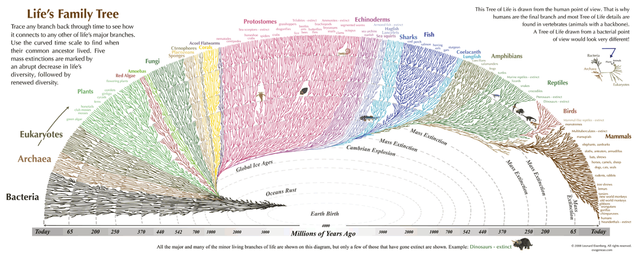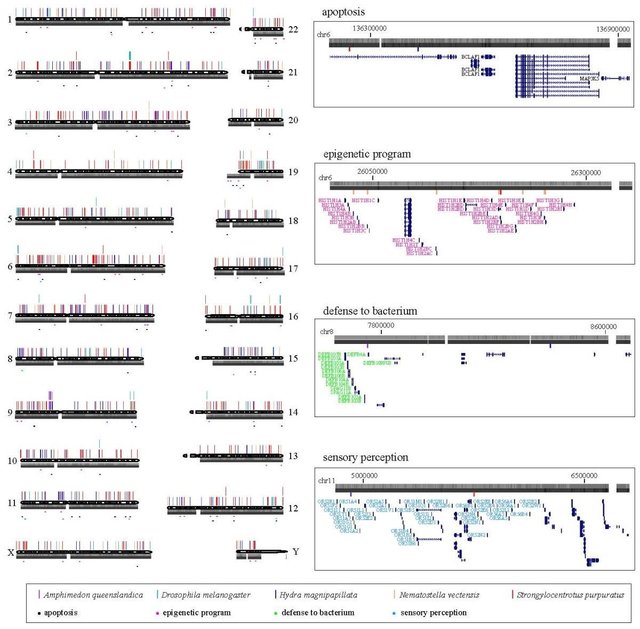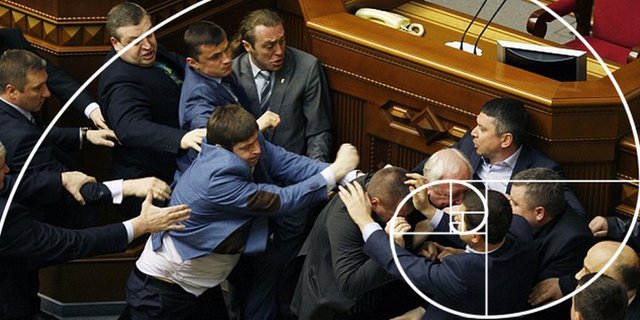On Blockchain Governance, Evolution and Bionics
Recent post by Fred Ehrsam on Blockchain Governance and Vlad Zamfir discussion on Twitter pushed me towards writing my own thoughts on the matter.
My fave governance tweets of today:https://t.co/Jin0NV2XYvhttps://t.co/NCNIccoQymhttps://t.co/yU1huHQo0K https://t.co/HWYZ0HNMvq https://t.co/z1cPVpP4lq https://t.co/Wt5LwmuT0Z https://t.co/TtZY3WZfjB https://t.co/hqAb6p4Zxc https://t.co/ljCdMoBq28 https://t.co/slT27EpZeZ
— Vlad Zamfir (@VladZamfir) 29 ноября 2017 г.
As an MD and Neuroscience PhD by background, being very much into dynamic systems, evolution theory, AI and blockchain tech I see many important issues that can be easily missed without careful cross-disciplinary analysis.
First of all, I’d like to emphasize, that the governance is about centralization: its all about making AND forcing decisions — which are opinions of a few — to be applied to all members of some network/society/group. And what do we think the biggest value of public blockchains & cryptoeconomics? Right, trustlessness. Uncensorability. Inalienability. While “governance” can make a few to change the rules for all. Is it trustless? How it differs from censorship? Can it be used for alienation? Of course its the opposite of trustlessness, uncensorability & inalienability: we have a lot of historical samples, both in society and recent blockchain ecosphere events: you can easily name them. So there is a fundamental “conflict of interests” between the nature of public blockchains and governance. Maybe this is the reason why practically all of the top crypto have problems with governance? (except those having problems with censorship-resistance and good decentralization :).
So, instead of governance, uncensorable systems need to be antifragile — and by “antifragile” I mean “reacting to risks & adapting to changes”. And here I agree with Fred Ehrsam and his “tree of lifeforks”. But antifragility is a different story than the usual understanding of governance: while governance is more about conservatism (and in this case, it can be seen as noncontradictory to decentralization and censorship-resistance) antifragility is more about change management and experimentation — with the ability to fail fast and recover. And here is how the life works.

Evolutionary tree of life, from Leonard Eisenberg, from original Blockchain Governance article
If we are taking evolution as a sample, this approach can be compared to the “conservative” layer (ATGC <-> protein coupling & conserved part of genome) and “adopting” phenotypical level — “sidegenes” making species different, forming sort of “sidechains” on the tree of life shown on the image. The frequency of mutations in conserved DNA/genes is extremely low: human genes of protein expression differs less than 1% from bacteria. This is a sample of conservatism over the billions of years (!) and a right case of governance: a case taught by decentralised biosphere of the Earth.

Conserved and non-conserved genes in human DNA. From The evolution of ultraconserved elements with different phylogenetic origins
At the same time live evolves because of the rest of genome: non-conserved DNA. Subjected to many frequent mutations (and there are exists even extra-highly mutating regions). This “forks” species, this makes organisms of the same species differ; this gives diseases — and at the same time ability to survive for a minority when majority extincts with sudden environment changes (“black swarms”). This makes live of Earth antifragile — and this how antifragility differs from governance.Expending the topic of blockchain-biology allusions even further, one can view global “biospheric” DNA as a replicative state machine in form of DAG (directed acyclic graph). Each species — fork; each living organism — node. Without global consensus (species differ): that’s why its a DAG, not blockchain. And this system both have governance and antifragility – but on the different levels!Here comes our major cross-disciplinary conclusion: decentralized systems need layered design, with separated highly-conservative layers (giving censorship resistance & security) and adopting/dynamic upper layers — with the ability to fork in their evolution.
That’s all that I have to say on blockchain governance and biological analogies.

Hi! I am a robot. I just upvoted you! I found similar content that readers might be interested in:
https://medium.com/@dr.orlovsky/on-blockchain-governance-evolution-and-bionics-e4d4d68dc935